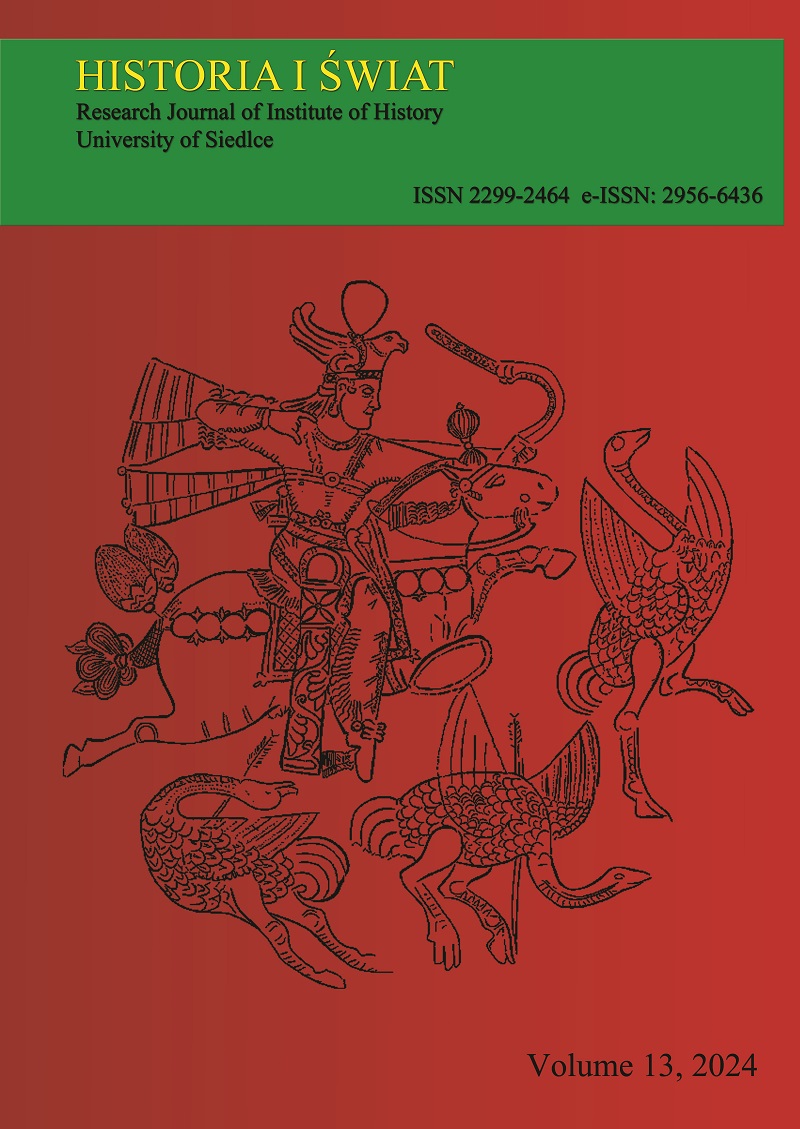Terracotta tiles in Bengal. Decorations and techniques in Mosques of the Sultanate period
DOI:
https://doi.org/10.34739/his.2024.13.16Keywords:
Bengal, Sultanate Period, Gaur, Pandua, Saptgram, Mosques, Terracotta DecorationAbstract
The mosques of Bengal exhibit a unique decorative style, representing diverse ornamentation on both interior and exterior facades. This diversity reflects the varied backgrounds of the artisans, culminating in what can be termed 'Bengali style' emerging from external influences and local Bengali traditions. This style spread along the ancient Bengal region during the sultanate period 944-1538; including present West Bengal and Bangladesh. This research, based on field studies and observation in Kolkata, Malda, Orissa, Bihar, Karnataka, and Madhya Pradesh, aims to identify the aesthetic features in Bengal sultanate mosques connected to a specific mode of decoration: the employment of terracotta tiles. Employing a chronological study backed by statistics, the research seeks to address questions about the terracotta tiles’ properties, artistic origins, techniques used, and the impact of geographical and cultural variables on its diversity. Furthermore, an attempt is made to propose approximate dates for five mosques with uncertain dates based on their artistic style properties.
Downloads
Downloads
Published
Issue
Section
License
Copyright (c) 2024 Historia i Świat

This work is licensed under a Creative Commons Attribution-NoDerivatives 4.0 International License.




